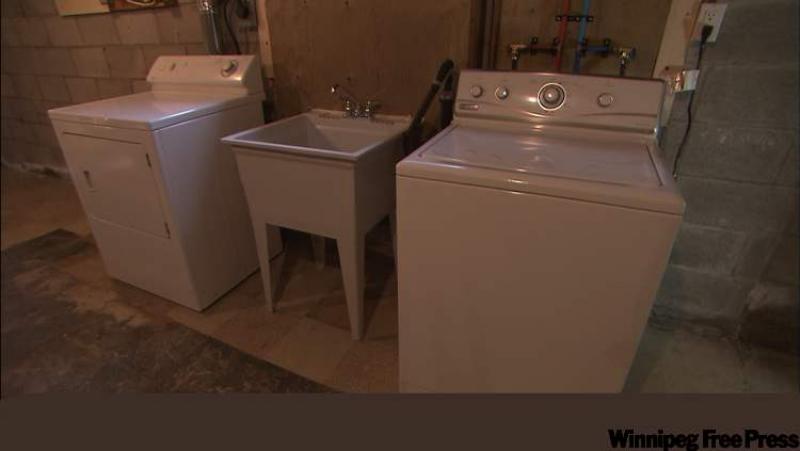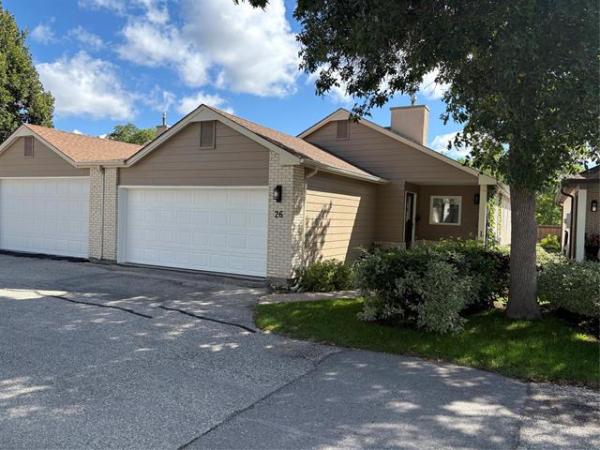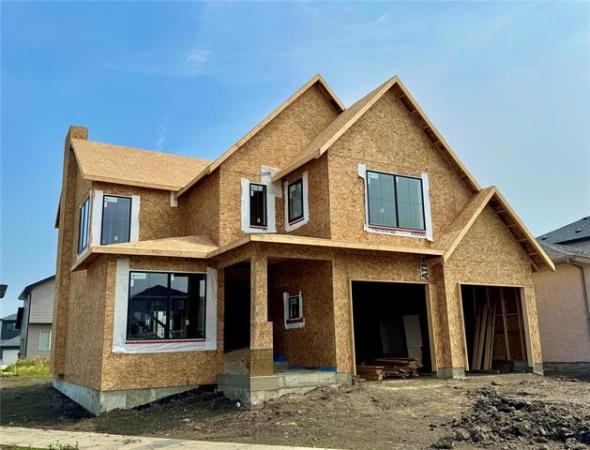QUESTION: Our home in River Heights was built around 1918. We have an awful sewer smell coming from the basement and are at a loss trying to figure out the cause. The smell gets worse during and after a heavy rain and when we are away for a few days.
We had a plumber in and he thought the smell was coming from the weeping tiles. He suggested that we seal off our basement drain. We tried that and the smell disappeared for a few weeks but returned recently. The smell seems to go away on days that we do a lot of washing clothes. Also, running water and adding bleach through the laundry tubs and pouring bleach in the basement toilet helps eliminate the odour but that is only a stop-gap measure.
Thank you. Linda and Dave Lalande
ANSWER: One of the most difficult things to deal with in problem investigation in homes is odour detection. That's because of the transient nature of various smells that may be highly dependent on weather and environmental changes within the home.
I will offer some suggestions for possibilities, but without physically visiting your home and smelling the stinky basement, I am only able to provide an educated guess.
There is a possibility that the smell in your basement is coming from the weeping tiles, as suggested, but there are other causes that would be more suspect. Also, I would not describe the smell emanating from damp weeping tiles as a sewer smell, but more like a musty, mouldy smell.
Unless you have experienced sewer back-up, as many people have with the recent heavy downpours, it's doubtful that sewage would make its way into your weeping tiles. The other possibility is that you are mistaking the smell of decaying organic matter, moulds or laundry detergent, for sewer gas.
Weeping tiles, especially in older homes like yours, can become partially filled or blocked with soil, tree roots, or other debris. This material can give off substantial odours when it is wet, which would correspond with your observations, but should not be overly noticeable except near the floor drain catch basin. This is likely what your plumber suspected.
A test for this, which may also help eliminate the problem, is to temporarily block the drain at the bottom of your catch basin with a common toilet plunger and pour in a large quantity of warm, soapy water. The water should be injected into the catch basin, often with a hose from the laundry sink or washer supply, until it almost overflows. That will ensure that the weeping tiles underneath the basement floor slab are filled and the soapy water should be allowed to sit for at least a half-hour or longer.
This process may have to be repeated a few times, often with a little bleach used instead of soap, to rid the drain tiles of the offensive odour.
If the smell goes away a day or two after removing the plunger and draining the water from the weeping tiles, then that may be the source of your issue. If the smell does return or is still noticeable with the catch basin full of water, then there is another cause.
The next most likely culprit is the plumbing drains. If the smell you have identified is indeed sewer gas, then it must be coming from the plumbing drain pipes, in some shape or form. The difficult next step is to locate the problem area, but the place to start is with the laundry drains that you have noted. Not only are they the most suspect, they are also located in the basement where the smell is most noticeable.
When trying to detect the cause of a problem look for the most straightforward and simple answer, and go from there. My own experience tells me that your laundry-sink drain and/or your washer drains may not be properly plumbed. If sewer gas is coming from the sink, it's probably because the venting or trap is done incorrectly or missing altogether.
It's very common to have laundry sinks installed by amateurs who don't know enough to properly vent the drains. In that case, water can be siphoned out from the trap below the sink, which will allow sewer gas to enter the basement. In many homes a proper trap is never installed at all.
Your problem smell could also occur if the washer drain and laundry drains are connected together with an improper arrangement. It would also explain the lack of odour when you did lots of laundry, as the water would be continuously replaced in the trap and the sewer gas would not be able to escape the drains if they are full or water draining from the washer. When you leave the house for a few days, the trap may be partially empty and the sewer gas would enter the basement and have no place to go.
I would have expected that the plumber you hired to investigate this issue would have found this defect, if present, but it may not have been easily visible if the drains were hidden in a basement wall or behind the washer.
If the washer or laundry sink is ruled out as the culprit, more thorough investigation will be required. There may be another sink drain, trap or vent that is improperly plumbed or a problem with depressurization within the basement that is causing sewer gas to be drawn in to the living area from an unusual source. In that situation, I would recommend a different journeyman plumber, one with extensive experience in residential plumbing installation and maintenance, or an experienced home inspector to investigate the problem.
Ari Marantz is the owner of Trained Eye Home Inspection Ltd. and the President of the Canadian Association of Home & Property Inspectors -- Manitoba (www.cahpi.mb.ca). Questions can be emailed to the address below. Ari can be reached at (204) 291-5358 or check out his website at www.trainedeye.ca.
trainedeye@iname.com




